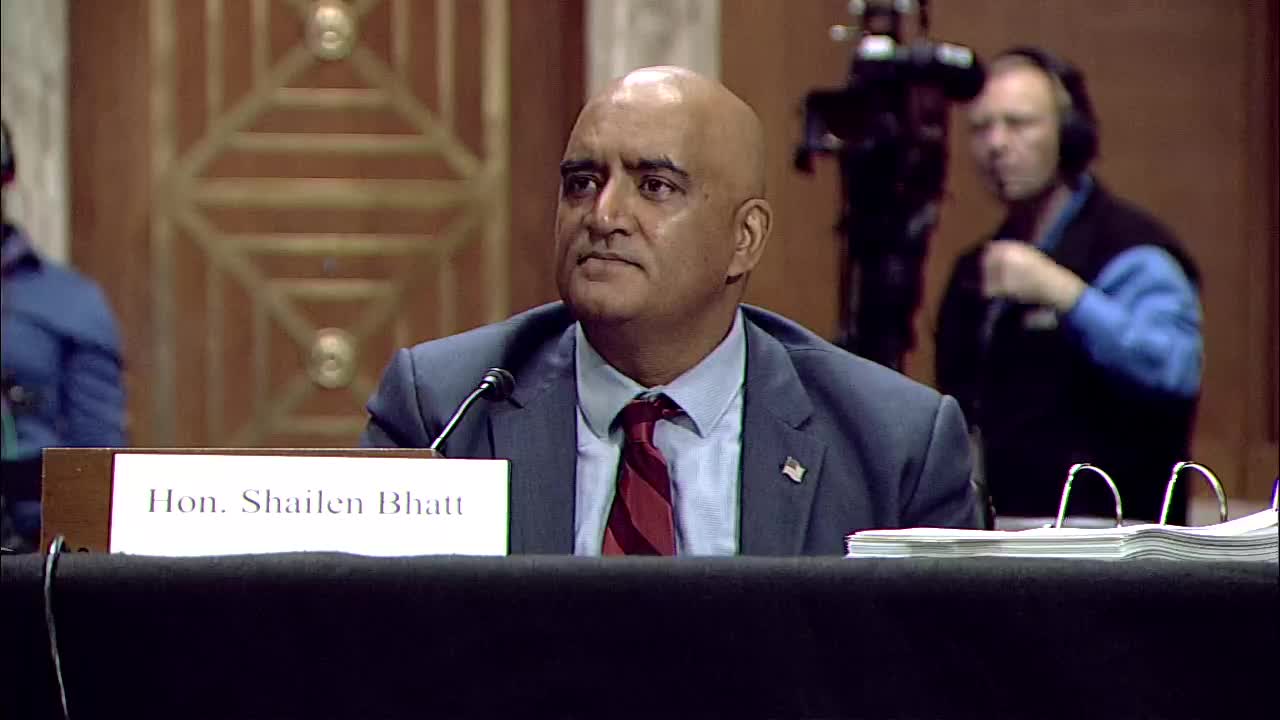Infrastructure bill falters as electric vehicle chargers lag
June 05, 2024 | Environment and Public Works: Senate Committee, Standing Committees - House & Senate, Congressional Hearings Compilation

This article was created by AI summarizing key points discussed. AI makes mistakes, so for full details and context, please refer to the video of the full meeting. Please report any errors so we can fix them. Report an error »

During a recent government meeting, officials discussed the progress of electric vehicle (EV) charging infrastructure following the passage of the bipartisan infrastructure bill, which aims to deploy 500,000 charging ports across the United States by the end of the decade. Currently, there are approximately 183,000 charging ports available, a 90% increase since the current administration took office. However, the deployment of chargers funded by the infrastructure bill has been notably slow.
Senators expressed frustration over the lack of progress, with reports indicating that only a handful of charging sites—specifically, seven—have been established out of the planned 500,000. This has raised concerns about the feasibility of EV travel, particularly in states where no charging stations have been built along major highways.
The discussion highlighted that six states have begun utilizing their National Electric Vehicle Infrastructure (NEVI) funds, but the actual number of deployed charging ports remains in the dozens, falling short of expectations. Officials acknowledged the challenges in accelerating deployment and emphasized ongoing efforts to work with states to develop their plans for both NEVI and other charging infrastructure initiatives.
The meeting underscored the urgency for improved coordination and faster implementation to meet the ambitious goals set forth in the infrastructure bill, as stakeholders continue to advocate for a more robust EV charging network to support the growing demand for electric vehicles.
Senators expressed frustration over the lack of progress, with reports indicating that only a handful of charging sites—specifically, seven—have been established out of the planned 500,000. This has raised concerns about the feasibility of EV travel, particularly in states where no charging stations have been built along major highways.
The discussion highlighted that six states have begun utilizing their National Electric Vehicle Infrastructure (NEVI) funds, but the actual number of deployed charging ports remains in the dozens, falling short of expectations. Officials acknowledged the challenges in accelerating deployment and emphasized ongoing efforts to work with states to develop their plans for both NEVI and other charging infrastructure initiatives.
The meeting underscored the urgency for improved coordination and faster implementation to meet the ambitious goals set forth in the infrastructure bill, as stakeholders continue to advocate for a more robust EV charging network to support the growing demand for electric vehicles.
View full meeting
This article is based on a recent meeting—watch the full video and explore the complete transcript for deeper insights into the discussion.
View full meeting